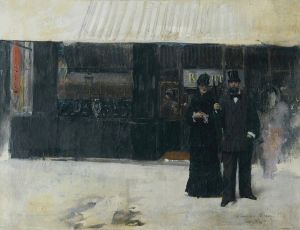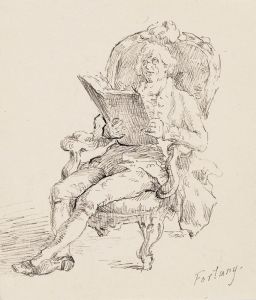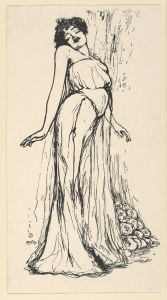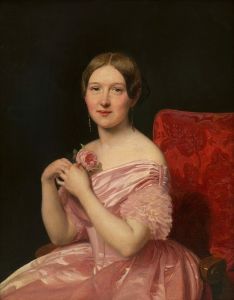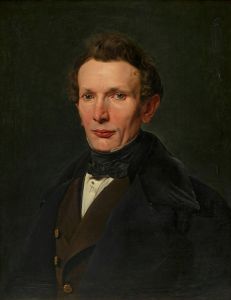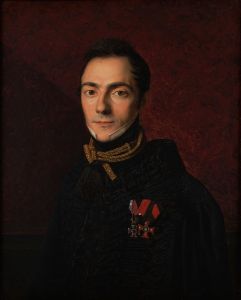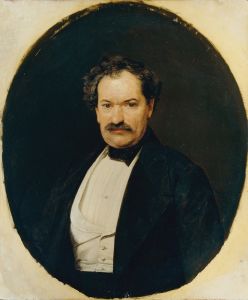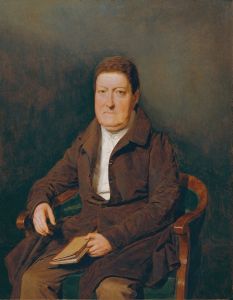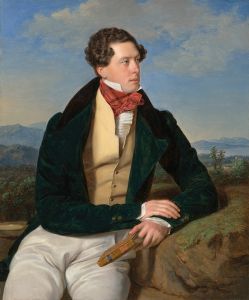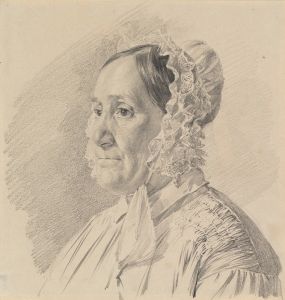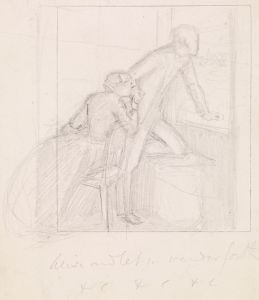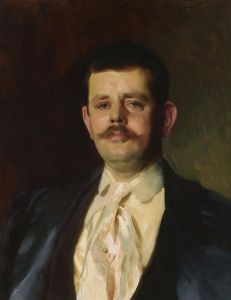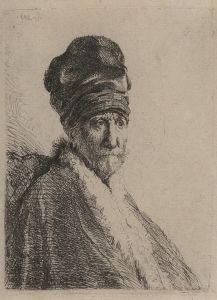
Emilie Werner, the daughter of the married couple Johann and Magdalena Werner
A hand-painted replica of Ferdinand Georg Waldmüller’s masterpiece Emilie Werner, the daughter of the married couple Johann and Magdalena Werner, meticulously crafted by professional artists to capture the true essence of the original. Each piece is created with museum-quality canvas and rare mineral pigments, carefully painted by experienced artists with delicate brushstrokes and rich, layered colors to perfectly recreate the texture of the original artwork. Unlike machine-printed reproductions, this hand-painted version brings the painting to life, infused with the artist’s emotions and skill in every stroke. Whether for personal collection or home decoration, it instantly elevates the artistic atmosphere of any space.
Ferdinand Georg Waldmüller, an Austrian painter renowned for his contributions to the Biedermeier period, created the painting "Emilie Werner, the daughter of the married couple Johann and Magdalena Werner." This artwork is a fine example of Waldmüller's skill in portraiture and his ability to capture the essence of his subjects with remarkable detail and realism.
Ferdinand Georg Waldmüller was born on January 15, 1793, in Vienna, Austria. He studied at the Academy of Fine Arts in Vienna and became one of the leading artists of the Biedermeier period, which spanned from 1815 to 1848. This era was characterized by a focus on the middle class, domestic life, and a sense of order and tranquility, which is often reflected in Waldmüller's works.
The painting "Emilie Werner, the daughter of the married couple Johann and Magdalena Werner" is a testament to Waldmüller's meticulous attention to detail and his ability to convey the personality and status of his subjects. In this portrait, Emilie Werner is depicted with a serene and composed expression, indicative of the Biedermeier style's emphasis on calmness and modesty. The background and setting of the painting are simple yet elegant, allowing the viewer to focus entirely on the subject.
Waldmüller's technique involved the use of fine brushwork and a keen eye for color and light, which brought a lifelike quality to his portraits. His ability to render textures, such as the fabric of Emilie's clothing and the softness of her skin, showcases his mastery in creating realistic and vivid images. The artist's attention to the subtleties of light and shadow further enhances the three-dimensionality of the portrait, making Emilie Werner appear almost tangible.
Throughout his career, Waldmüller was known for his portraits, landscapes, and genre scenes. His works often depicted everyday life with a sense of intimacy and warmth, reflecting the values and aesthetics of the Biedermeier period. Waldmüller's portraits, in particular, were highly sought after by the bourgeoisie, who appreciated his ability to capture their likenesses with both accuracy and grace.
The painting of Emilie Werner is a fine example of Waldmüller's portraiture, demonstrating his skill in capturing the character and essence of his subjects. It also provides insight into the fashion and cultural norms of the time, as seen in Emilie's attire and the overall composition of the portrait.
Ferdinand Georg Waldmüller continued to paint and teach throughout his life, leaving a significant legacy in the world of art. He passed away on August 23, 1865, in Hinterbrühl, Austria. His works remain highly regarded and are featured in numerous museums and collections around the world, continuing to be appreciated for their beauty, technical proficiency, and historical significance.
In summary, "Emilie Werner, the daughter of the married couple Johann and Magdalena Werner" by Ferdinand Georg Waldmüller is a remarkable example of Biedermeier portraiture, showcasing the artist's exceptional talent in capturing the essence of his subjects with realism and elegance.





